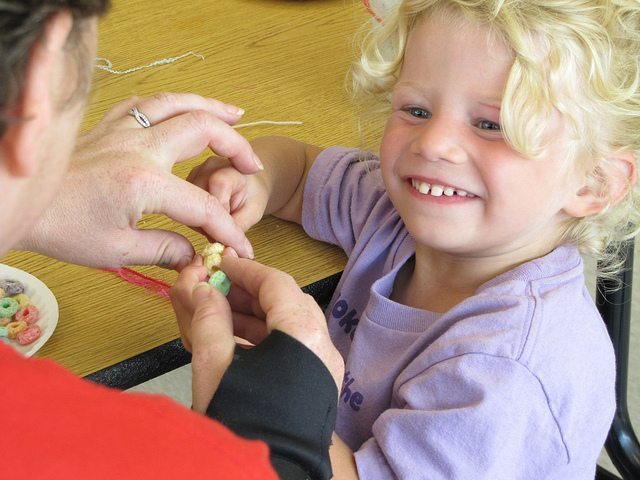![]() Children with hypoxic-ischemic encephalopathy (HIE) may have limitations in communicating due to speech delays or disabilities. These limitations can lie in hearing, understanding, processing, producing or forming speech. The approaches to helping manage these different issues can vary significantly – if a child has trouble hearing, for example, the approach (a hearing aid, cochlear implant, or similar device) is different than if they have muscle weakness that making articulation difficult (which may be reduced with speech-language pathology).
Children with hypoxic-ischemic encephalopathy (HIE) may have limitations in communicating due to speech delays or disabilities. These limitations can lie in hearing, understanding, processing, producing or forming speech. The approaches to helping manage these different issues can vary significantly – if a child has trouble hearing, for example, the approach (a hearing aid, cochlear implant, or similar device) is different than if they have muscle weakness that making articulation difficult (which may be reduced with speech-language pathology).
Communication is the mainstay of social interaction and is a critical component of self-expression and general development. It is also critical for parents caring for their children when it comes to knowing whether their child wants something specific, is in pain, is feeling ill or would like to express an emotion. In the general population, communication primarily occurs in the form of speech (though body language and other nonverbal input play a large role as well).
Communication Assistance: Augmentative & Alternative Communication Systems (AACs)

Some children with HIE will not need communication assistance, while others may be nonverbal, or have limitations in speech, necessitating the use of augmentative and alternative communication systems (AACs). Parents may sometimes balk at the use of AAC technologies in the fear that it would pose an obstacle to the development of human speech, but research has confirmed that the use of communication systems generally provide gains in the child’s communication abilities.
For parents who are concerned about their child’s development, there are several points of contact they can reach out to to learn about how to help their child with communication. In many cases, this will be a speech-language pathologist (SLP), but it could also be a physical/occupational therapist, their pediatrician or general practice physician. In many cases, the child’s doctor may refer the child to a SLP, who will perform a full evaluation of the child’s physical, motor, cognitive and intellectual abilities, and then put an intervention plan into place. These intervention plans are customized to the individual child, and will generally have a parental component as well.
It is important to note that one of the recommended methods for maximizing a child’s development generally, but also in the realm of communication, is Early Intervention (EI). The sooner a child is evaluated for communication limitations, the better. Typically, this is provided before the age of six years by Zero to Three Programs or state Early Intervention programs.
Parental Involvement & Social Interaction
Parental involvement helps to make sure the child is getting maximal social interaction throughout the day to facilitate communication; parents are also often taught techniques to stimulate language production, facilitate communication, and model appropriate language for their child to absorb (through the use of self-talk, parallel language, imitation, expansion, and extension). Because communication is intimately tied to social development, intervention plans often also encourage social skill development and peer interaction, in order to help children with both receptive and expressive language limitations
Learn More About Communication and HIE:
- National Institute on Deafness and Other Communication Disorders (NIDCD)
- Communication Disorders
- Understanding Auditory Processing Disorders in Children
- Language Processing Disorders
- Penn State Early Intervention: A Step-by-Step Communication Guide for Parents
- Parent Article: Communication Strategies
Do you need someone to talk to?
Your child was just diagnosed with HIE and your head is spinning with what may feel like a thousand different things. Questions, medical terms, care plans; it can be difficult to make sense of everything that has happened.
As you start to do your research on exactly what your child’s diagnosis means, you may be bombarded with facts, information, and advice regarding HIE, and you may be lost as to where to turn next.
We want to hear your story. HIE Help Center is owned by ABC Law Centers (a birth injury law firm). The intake team at ABC Law Centers is here to listen to every detail of what you and your family may have gone through during labor and delivery. Although we are not doctors can cannot provide medical advice, our team can provide you with resources specifically tailored to your situation. Our team has reviewed and handled thousands of cases and is trained to recognize if there may have been medical malpractice that lead to your child’s diagnosis, and we can advise if taking legal action may be beneficial to you and your family.
Call us at (888) 329-0122 to speak with a member of our intake team.
